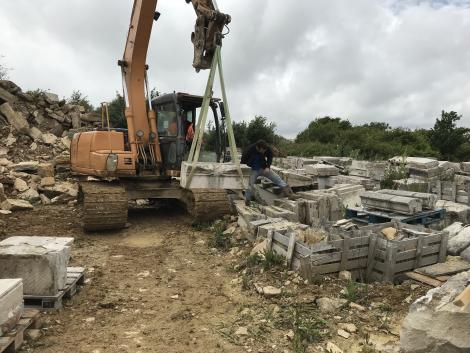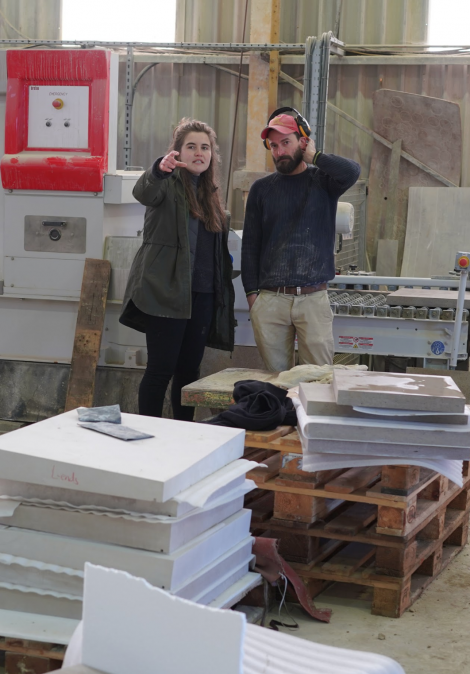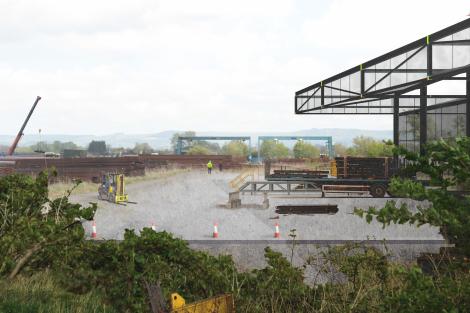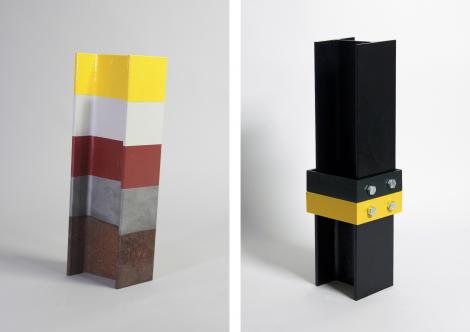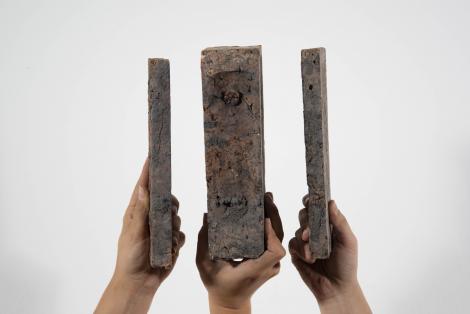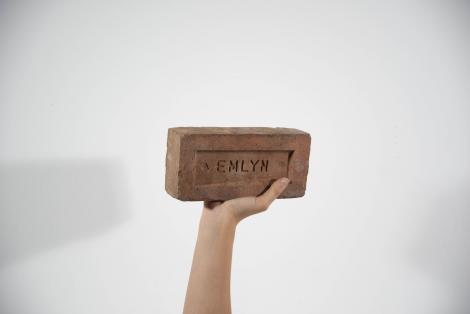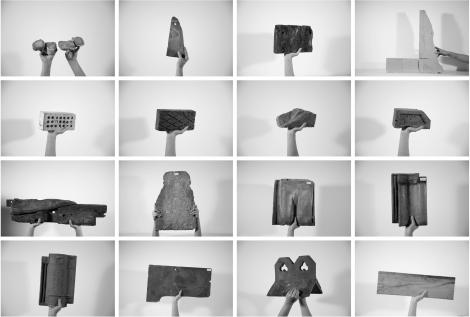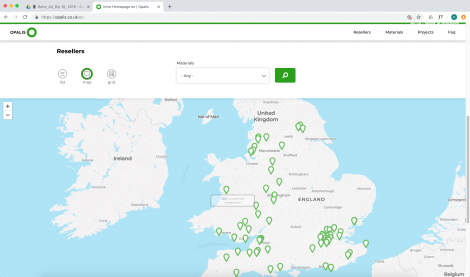Opalis UK - Dip 18, AA School
Diploma studio, AA School (London)
Today in NW-Europe, less than 1% of building elements are recirculated after their first use. Although a large number of elements are technically reusable, they end up being either down-cycled or landfilled. This results in a high environmental impact, and a considerable loss of economic value.
Rotor has taken on the challenge to double, by 2032, the amount of recirculated building elements in Northern France, Belgium, the UK and the Southern Netherlands. This territory houses thousands of SMEs specialised in the reclamation and supply of recovered building elements. Despite their obvious potential for the circular economy, these operators are facing important challenges. For instance: visibility, access to markets, or a fluid integration into contemporary building practices. Rotor has partnered with technical institutions, trade associations, research centres, architecture schools and public administrations. The effort is rooted in earlier initiatives that were started up, successfully, in Brussels. The ambition, in the long term (2032), is the diversion of 1,75 million tons of waste on top of the baseline, thus creating a value of € 300 million or 4.000 new jobs.
This unit held at the AA during academical year 2018-2019 is seen as a preliminary investigation, and focuses on the UK. Download in the unit's publication "Roadside Picnic", with the conclusions of the research at the bottom of this page.
Opalis UK : https://opalis.co.uk/en
Details
A project by
Lionel Devlieger, Maarten Gielen and Aude-Line Dulière
Academic year
2018 - 2019
Students team
Samuel John Little, Arvind Roy, Lydia Liu, Selin Arisal, Marion Delaporte, Sarah deVries, Chi Tou Lam, Caterina Miralles Tagliabue, Ananya Nevatia, Xuecheng Wang, Cuicheng Zhang, Sihyun Kim, Seunghun Lee

